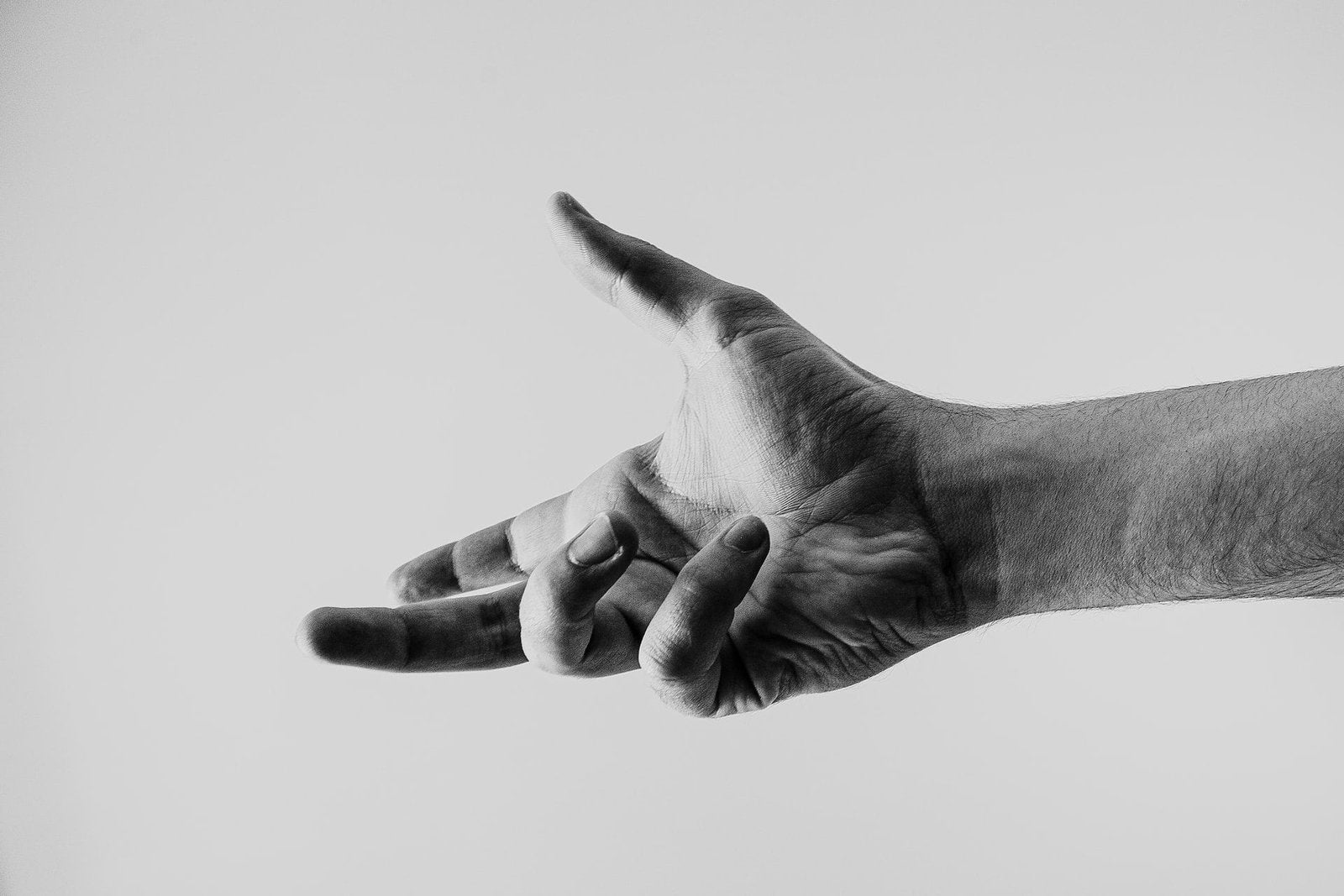Spasticity
Overview
Spasticity is a complex movement disorder that can have a significant impact on a person's quality of life and integration in the society. In this article, we will explore what spasticity is, its causes, and the different treatment options available for people with post-stroke spasticity, multiple sclerosis, and cerebral palsy.
Spasticity affects over 12 million people worldwide, including approximately 80 percent of people with cerebral palsy and 80 percent of those with multiple sclerosis
Symptoms
Spasticity is a condition characterised by muscle stiffness (an increase in muscle tone) and involuntary muscle contractions. It can occur as a result of damage to the brain or spinal cord, which disrupts the normal signals that control muscle movement.
The symptoms of spasticity can vary depending on the severity of the condition. In mild cases, spasticity may only cause a slight increase in muscle tone, and may not be noticeable unless the affected limb is moved. In more severe cases, spasticity can cause muscle stiffness, spasms, rigidity, and involontary contractions making it difficult to move the affected limb. This can lead to difficulty with activities of daily living, such as dressing, cooking and bathing. Spasticity can also cause pain and discomfort, and can increase the risk of falls and other injuries, in addition to reducing integration in the society.
Spasticity can lead to difficulty to walk and use hands, thus drastically impacting daily life activities. People with spasticity can suffer from one or more of the following conditions:
- abnormal posture
- clenched fist or fingers
- folded arm
- pointed or dropped foot
- curled toes
- stiffness (hypertonia) in the affected limb
- joint contracture and deformities
- Muscles spasms and clonus
Causes
Spasticity can affect people with a variety of neurological conditions, including stroke, multiple sclerosis (MS), spinal cord injury, and cerebral palsy.
Post-stroke spasticity is a common complication of stroke, affecting up to 40% of stroke survivors. It occurs when the part of the brain that controls muscle movement is damaged, leading to an imbalance in muscle tone. This can result in stiff, tight muscles that can be difficult to move, and can also cause pain and discomfort. Post-stroke spasticity can affect any part of the body, but is most commonly seen in the arms and legs.
Multiple sclerosis is another neurological condition that can cause spasticity. In MS, the immune system attacks the myelin sheath that surrounds nerve fibers, leading to damage and disruption of nerve signals. This can result in a wide range of symptoms, including spasticity. In fact, around 60 to 84% of people with MS may experience spasticity at some point in their disease course. Spasticity in MS can affect the legs, arms, and other parts of the body, and can also cause pain and fatigue.
Cerebral palsy is a condition that affects muscle tone, movement, and coordination, and is caused by damage to the developing brain. Spasticity is one of the most common symptoms of cerebral palsy, affecting more than 80% of people with the condition. In cerebral palsy, spasticity can affect the arms, legs, and other parts of the body, and can also cause difficulty with speaking and swallowing.
The causes of spasticity can be complex, and depend on the underlying condition. In the case of post-stroke spasticity, it is thought to be caused by damage to the motor cortex of the brain, which controls muscle movement. An abnormal increase in muscle tone is generally due to a damage to nerve pathways (lesion along the pyramidal tract or the extrapyramidal fibers), which can lead to an exaggeration of the stretch reflex (over-excitability of muscle spindles and their feedback loop to α-motoneurons).
Treatments
Treatment for spasticity varies depending on the underlying condition and the severity of symptoms. In some cases, physical therapy, occupational therapy and neuromuscular electrical stimulation can be helpful in reducing muscle stiffness and improving range of motion. Stretching exercises can also be helpful in reducing muscle stiffness and improving flexibility.
The use of splints or orthosis may also be used to help performing certain daily tasks, prevent contracture, improve mobility or the pain and muscular tension. Nevertheless, the availability and effectiveness of these equipments are still not sufficient.
In more severe cases, medications such as muscle relaxants (e.g. baclofen and tizanidine) or botulinum toxin injections can be used to help manage spasticity. These medications work by blocking the signals that cause muscle contractions, reducing muscle tone and stiffness.
In some cases, surgical interventions may be considered to manage spasticity. This may include procedures such as neurectomy, rhizotomy and myelotomy, in order to release the tension on the tendons and muscles.
It's important to note that while treatment can help manage spasticity, it may not completely eliminate symptoms. Spasticity can be a chronic condition, and some people may require ongoing treatment and management to help control their symptoms and maintain their quality of life. Living with spasticity can be challenging, and it's important for people with spasticity to have access to comprehensive care that addresses both their physical and emotional needs.





